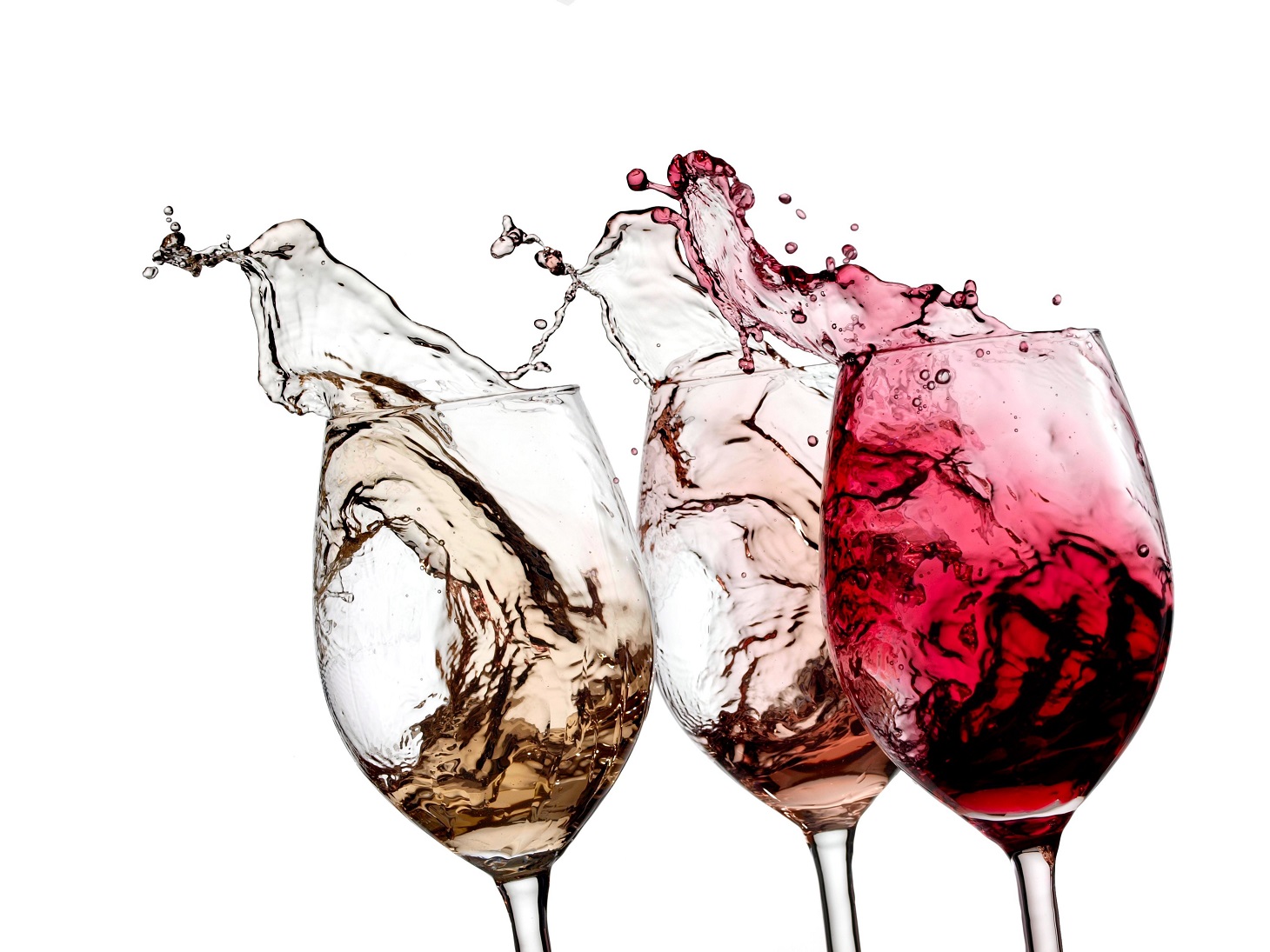Hanging out with seasoned winos can feel a bit like being the new kid at school, catching public transport in a non-English speaking country or being the last person to have seen the hottest new Netflix series… awkward and confusing. Why? Because the language of wine is complicated, and if you don’t speak it you can feel like an outsider. Yet when armed with the right lingo ‘winespeak’ is easier to understand. So here are some of the terms you’re likely to hear that’ll help you take part in the conversation.
Alternative varieties
It’s a term used in Australia to describe any other grape that isn’t chardonnay, shiraz, cabernet sauvignon, merlot or semillon. You’re going to be drinking more alternative varietals in the future… and that’s exciting because they’ll cope better with climate change than many mainstream grapes and they taste ace. So if you want to freshen up your glass, then get around white and reds like fiano, vermentino, viognier, gruner veltliner, aglianico, graciano, sangiovese and tempranillo. And these producers are making great ones: ArtWine, Chalmers, Yalumba, Handorf Hill, Calabria Family Wines, Brown Brothers, Coriole and S.C.Pannell.
Biodynamic
A term that delights and divides the industry, this describes a philosophy of winemaking that’s free of chemicals and more in touch with the natural cycles of life and the universe. In the theory, the approach is believed to have a beneficial effect on the quality and character of wine. In practice, it can be hard to assess because it’s possible to make outstanding biodynamic and conventionally crafted vino. While research is underway to assess differences between them, sometimes you don’t need science to tell you when something feels or tastes great, you just have to trust your instincts.
Cool-climate
It’s a pretty amusing term given Australia is one of the hottest and driest continents on earth. However, it’s becoming trendy in the wine world and is often used as a shorthand for quality… which is not always guaranteed. To qualify as cool climate, a region needs to be located within a specific latitude, have a certain temperature and elevation. Wines from cool climate regions generally have less alcohol, higher acidity, a lighter body and more subtle flavours than warm region peers. However, arguing about which type of region is better is futile because if you plant the right grapes in the right place, nurture them and bring them to life with care, then you can make good wine from either. At the end of a day, it’s a matter of personal taste as to which you prefer.
Terroir
Pronounced ‘ter-waahr’, this is a French term with no literal English equivalent that loosely translates to mean ‘a sense of place’. While this term is specific to wine, it’s applicable to other food and drink, and describes a phenomena where soil, climate and culture combine to give rise to something that reflects its origins with a unique taste. If you’re a coffee fiend, you’ll know that despite being made from arabica beans, two single-origin pours can be worlds apart because where they’re grown and how they’re treated has a big effect on their flavour. The same goes with wine, and these days most Aussie winemakers are proud of where they’re from and want this to shine through in their wines.
Single-vineyard
This describes wines where the fruit has been sourced from just one vineyard. These wines have been made to express the personality of this specific place through flavour. While the ambition behind single-vineyard wines is cool, the term seems to have been co-opted as a point of difference that makes these wines somehow better than others that have been sourced from multiple vineyards or regions. It’s a contentious issue, but you’ll find both excellent and average wines made from single-vineyards or a blend of many.
Texture
It’s a term used to describe the ‘feel’ of wine. While we can smell and taste a range of flavours in wine, we also have the capacity to feel if a wine is smooth, minerally, slippery or coarse. These sensations are caused by the alcohol, acid, sugar, tannins and a myriad of other natural compounds found in wine. Each variety has it’s own natural textural fingerprint that can contribute to the character of the wine. Or texture can be built into a wine using various techniques. Either way, it’s a very important element to creating a three dimensional tasting experience.
Unfiltered wine
These are wines that haven’t been filtered to remove the tiny particles, such as dead yeast and sediment, before being bottled. There are two schools of thought on filtering: that it’s a necessary step to producing stable, clear wine, or that it strips out much of the wine’s character. There’s no need to take sides, both approaches are just different and can produce equally delicious wine.
Wild-fermented
This basically means letting the natural yeasts on the grape, vineyard and winery do their thing instead of adding cultured yeast to the juice. There are thousands of yeast strains that have been isolated over the years from vineyards across the world and turned into cultures for winemakers to use. Each strain is unique and can help bring out specific flavours and characters in the wine. However, rather than relying on cultured yeast, more winemakers are letting their vineyard’s indigenous yeast ferment the wine to give a truer expression of where it’s from.
So fill your glass and be confident about what you’re saying because there is no right or wrong when it comes to wine, just a bottle full of fun and good banter.

